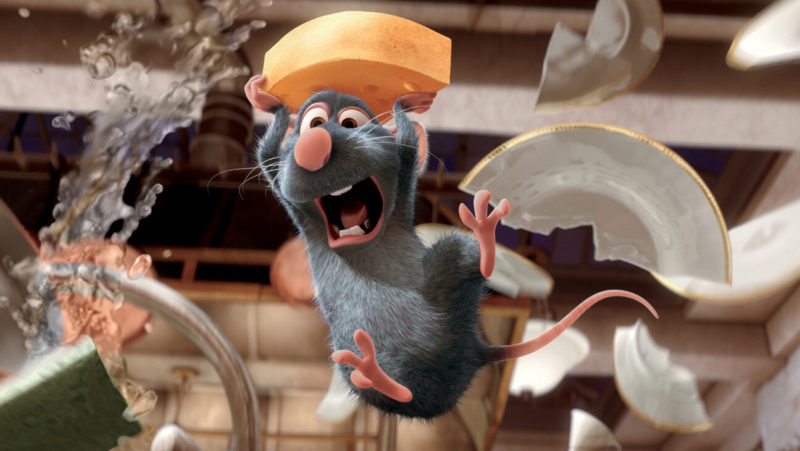Write an ‘SMP’ (Single Minded Proposition) to supercharge your creative
Creative ads are effective ads. Say it with me: creative ads are effective ads!
Perceptions of creativity in advertising, also described as “divergence”, increase memorability. Yet there has been a consistent narrative floating through ad world for the past 15+ years that advertising creativity is in decline and more ads are starting to look the same.
Furthermore, advertising has become ubiquitous with public spaces littered with paid advertising. Some industry estimates quote that we see as many as 10,000 advertisements per day. A 2005 experiment from The Guardian counted a London commuter was exposed to 250 ads in 90 minutes and only one was recalled when unprompted.
Needless to say, cutting through has become increasingly difficult for marketers. One option is to increase spend, but with budget constraints, unviable. The alternative is to create better, more creative and more effective ads.
How can we avoid bland creative, wishy-washy copy and weak messaging?
The magic is in the creative brief, written at the very beginning of the campaign development process. More specifically, the single-minded proposition (SMP). Also known as the unique selling proposition, key takeaway, or key message, this statement is the key to creating powerful creative.
For a primer on creative briefs, check out the Sacred Six Creative Brief at Planning Dirty Academy
Not only is the SMP arguably the most important part of a creative brief, it might be the trickiest. The SMP is a thought which drives the creative development for a campaign. Three parts of the brief combine to create an SMP:
Problem + Benefits + Insight = Single-minded proposition
The problem is the barrier preventing a brand from achieving its business or organisational goals.
Benefits are unique features that make your product or service stand out from competitors and why they matter to customers. For example, airbags in a car are a feature while improved safety is the benefit.
An insight is an observation about the target audience and their perceptions or behaviours. As explained by Planning Dirty – “What could we tell them that would get them to look at the problem in a new light?”
The SMP summarises the message to be communicated within the creative by combining each of these elements concisely.
From Howard Ibach, who wrote a whole book on writing a single sentence:
“In other words, the SMP is the Big Idea. The creatives unearth Big Executions of the Big Idea, what we call creative solutions.”
A few considerations when writing a Single-Minded Proposition:
- It is single-minded
By focusing on one idea, an SMP will boost advertising memorability and clarity of message. It should be one sentence, ideally without conjoining ideas with commas, lists or semicolons.
- Words matter, but emotion matters more
The SMP in a brief is not meant to be the final tagline or creative execution. It is designed to inspire conversations with your team, in-house or agency. Leave the wordsmithing to copywriters; instead aim to be succinct and inspirational.
- Be bold
There is likely to be pages of research, insights and experiences behind a single SMP. It’s not easy to reduce months of work to a few words and doing so will nearly always start a debate amongst team members. Alternatively, writing a non-differentiating statement will not support creativity or allow compelling advertising to flourish.
The first draft will never be the last and writing a strong single-minded proposition takes practice. However, the process itself is sometimes as valuable as the outcome by opening new discussions and igniting ideas.




